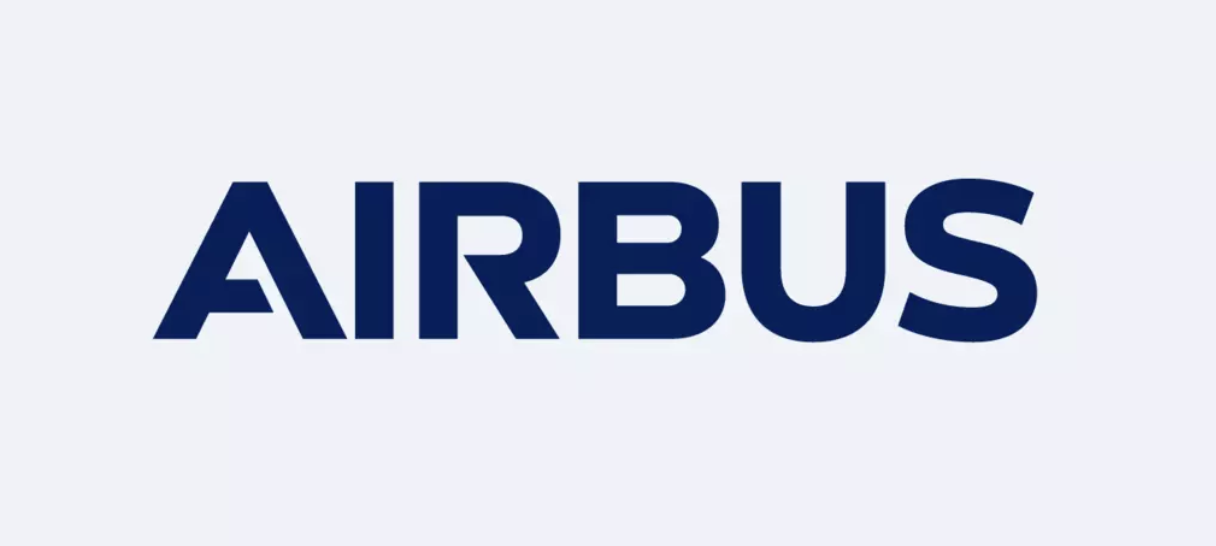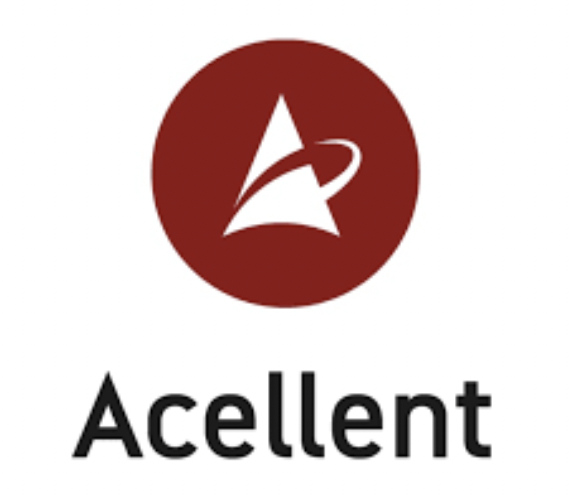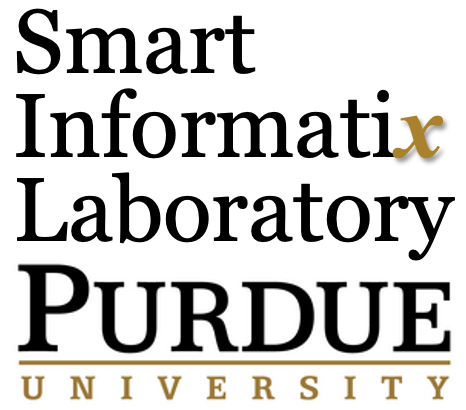SHM In Action
How to participate:
Please fill out the sign-up form provided below in order to participate in SHM in Action competition. The deadline to apply is Aug 15, 2023. A short description of the demo is required.
The focus of the workshop is to promote applications of SHM technologies and to encourage interaction between industry and academia. We place significant emphasis on industrial applications including aerospace, ground transportation systems, and civil infrastructures. Your company plays a leading role in this field and is cordially invited to participate in a special session, SHM in Action, which provides a unique opportunity to combine product demonstration with podium discussion.
IWSHM 2023 SHM in Action Demonstrator
| Company Name | Description | Company Logo |
| KU Leuven | After a short video of an airline representative explaining the need to monitor melting ice in aircraft fuel tanks, a device that registers acoustic emissions in the frequency domain will be activated and viewers will be able to see the response of the acoustic equipment to the melting ice. A mini-replica of a section of a fuel tank containing the melting ice will be on display. The ultrasonic signals will be converted into audible sounds. | 
|
| Metis Design Corporation | The Wireless Integrity Sensor Platform (WISP) uses ultra-low-power miniature SHM hardware to facilitate remote damage detection with minimal cables. When paired with the carbon nanotube (CNT) fatigue crack gauge (FCG), cracks as small as 0.25 mm can be reliably tracked. For this SHMIA demonstration, MDC has built a compact 4-point bending machine to rapidly grow natural fatigue cracks from an EDM notch through repeated enforced displacement. The demonstration will optically show a zoomed-in view of the crack growth, and crack length prediction from the WISP FCG superimposed over the image. During the 5-minute demonstration, we would expect the crack to extend by ~0.5mm. | 
|
| AIRBUS OPERATIONS SAS | SHM ultrasonic solution for damage detection on Airbus aircraft | 
|
| Structural Health Monitoring Lab at Princeton University (SHMlab) | Our presentation will demonstrate the SHM system with embedded fiber-optic long-gauge strain sensors at the Stadium Drive Garage, a five-floor garage at Princeton University. The system can monitor changes in strain, shear strain, curvature, and deformed shape due to environmental factors, such as temperature, and applied loads, such as parked vehicles. Assessment of structural behavior of a complex structural element, double-T beam, will be presented. | 
|
| University of New Mexico | In this demonstration, the most updated human-structure interface enabled using Augmented Reality (AR) will be shared through a series of examples including, but not limited to: real-time, automatic concrete crack measurement, human-data interfaces and interaction, and more. The Smart Management of Infrastructure Laboratory (SMILab) has been collaborating with the Engineering Institute of Los Alamos National Laboratory developing AR for Structural Inspection since Fall 2016. Get ready to have your reality augmented for structural inspections enabled by human-machine interfaces | 
|
| Los Alamos National Laboratory | Neuromorphic event-based sampling for energy efficient, high speed, low memory, high sensor count, structural health monitoring We will demonstrate the high speed, yet efficient sampling capabilities of event-based imagers. The success that has been observed with imager-based structural dynamics over the last decade suggests that the real key to enabling practical structural health monitoring systems is to enable the ability to build smart structures with high spatial density sensor networks. This means thinking about creating kilosensor+ count systems. This assertion is supported by the relatively high spatial density of mechanoreceptors found in biological systems. In the past this was problematic on account of manufacturing, power, memory, and computational resource limitations. However, biologically inspired, neuromorphic sensors and computational hardware represent a path forward to make extremely high sensor count, highly responsive, structural heath monitoring systems a reality. | 
|
| Testia, an Airbus company | We wish to demonstrate a smart digital sensor solution that was primarily developed for the aviation industry and optimized using our cross-industry implementation strategy. We wish to start by describing the critical pain-points and how the sensor was selected as a solution for these use-cases. Thereafter we showcase the measurement capabilities of our smart multi-parameter sensing solution using a plexiglass structure excited using a portable shake table, simulating one of our typical use-cases. The information generated from the sensors would thereafter be shown in real-time on our SHM software platform, which could further be used for condition monitoring, analysis and rapid notifications. | 
|
| Mahindra University | Traditional structural health monitoring methods can be costly and time-consuming, and they often require experts to interpret the data. In this demo, a pan-tilt-zoom camera along with a Jetson Nano is used to automate the process from image capturing to detection and assessment of structural damage. The Jetson Nano will use deep-learning to identify, classify and segment the damaged areas. The severity of the damage can then be determined by measuring the area of the damaged region. This approach can be integrated into mobile vehicles and has the potential to significantly improve the efficiency and accuracy of SHM. It can be used to inspect large structures quickly and easily, and it does not require any specialized expertise. | 
|
| Acellent Technologies | Rotary wing vehicle structures require maintenance due to operational requirements, environmental and battle damage, and finite service lives which limits aircraft availability. Structural Health Monitoring (SHM) provides the capability to enable a paradigm shift from schedule-driven maintenance to Condition-Based Maintenance (CBM) of these structures. Sensor networks integrated with structural components provide crucial information regarding the health status and remaining useful life of individual components, as well as the structural integrity of the rotorcraft. Acellent Technologies Inc. will demonstrate the implementation of a SHM crack detection system for aircraft structures. Sensors will be placed on hard-to-access areas such as fittings or similar areas of interest to monitor real-time cracking occurring on the structure. Acellent’s AI based software will process the data and display results to the user to indicate the presence of a crack, its location and size. Data can also be parsed to any onboard HUMS or IVHM system to enable actions related to repair or replacement of the structure. This innovative system is available as a complete kit for users to implement in their rotorcraft or any aircraft structure. | 
|
| Missouri University of Science and Technology | The center for intelligent infrastructure (CII) of Missouri S&T creates, conveys, and applies engineering knowledge and operation intelligence that help solve the world’s increasing challenges with aging infrastructure for a safe, sustainable and resilient community and environment. We wish to demonstrate multi-user collaborative visual inspection of steel bridges using augmented reality technology aided by robots. We anticipate this scenario to be a practical solution for beyond visual line of sight cases using climbing robots. | 
|
| Mahindra University | This demonstration shows the effectiveness of using edge, fog, and cloud computing technologies in SHM. The data is stored and visualised through a dashboard. It also includes alert system if in case the set threshold is crossed. | 
|
| SIMORGH | SIMORGH is a 2023-born startup from EPFL on the cutting edge of automatic fracture monitoring. Our expert team provide a wide range of monitoring services from network design, to data processing and interpretation. Our USP is a novel algorithm that processes seismic/acoustic data with unmatched precision, outperforming manual methods in detecting damage locations and capturing it’s geometry. We're adaptable across various fracture scales, support diverse data formats, and handle continuous and trigger-based data with ease. This versatility extends our technology's reach to multiple industrial sectors. SIMORGH has already proven its worth, successfully monitoring the health of bridges, dams, and buildings. Our goal is to revolutionize structural health monitoring, making it more efficient, accurate, and cost-effective. We're not just transforming industries; we're opening doors to enhance safety measures, predictive maintenance, and improved resource management. I will mainly present our technology which is a novel software for automatic structural health monitoring. We will have a poster and brochure as well. Our technology is unique in providing real-time high precision structural health monitoring. We aim to share this new achievement with experts of the field and have their valuable feedbacks. We are open for collaborations and ready to test and show the capabilities of SIMORGH on various projects. | |
| Smart Informax Laboratory at Purdue | CRAQ is software for the autonomous detection, quantification, and localization of cracks in digital images and/or inspection videos using computer vision and machine learning techniques. CRAQ analyzes the input data and provides a probabilistic report about the existence of cracks and their severity. Once the data is processed, CRAQ visualizes the detected cracks, their quantified characteristics (e.g., crack length, thickness, and orientation), and the confidence levels. CRAQ exports the output results in HTML format that can be used for generating inspection reports by human technicians. CRAQ was originally developed for crack assessment on nuclear power plant reactors; however, its functionality will be extended through the proposed work in this application to monitor other infrastructure systems such as bridges, roads, dams, pipelines, aircraft skin, and wind turbines. | 
|
| Structures and Composites Lab (SACL) at Stanford University | Structures and Composites Lab at Stanford University has developed novel multifunctional energy storage composite (MESC) batteries that can directly be integrated into the structure which carries load. We demonstrated the live electric skateboard where MESC batteries are integrated into the skateboard. We also have the capability to monitor the health state of the MESC battery using ultrasonic signals. |
Participate to win:
The Most Practical SHM Solution for Aerospace Award
The Most Practical SHM Solution for Civil Infrastructures Award
Who can participate:
workshop exhibitors
workshop presenters
workshop participants
Objective:
To show how a structural health monitoring (SHM) system practically works. This presentation can be additional to exhibits or oral presentations and is specifically targeted to underline the practical aspect of the SHM.
Motivation:
There is significant recent progress in SHM technology for a variety of applications. These presentations will focus on how these SHM systems work in practice in terms of installation, handling, interpretation, and robustness for the following applications:
- operational loads monitoring
- damage detection
- health monitoring
- life-cycle management
The session targets:
- showing the audience how SHM works in various applications
- better understanding the practical issues of different SHM systems
- getting further feedback and requirements expressed from current and potential SHM users
- letting SHM users to share their experience
Procedure:
The session intends to show as many demonstration cases as possible, addressing the aspects mentioned below:
- the way the monitoring system and the test is operated
- type of sensors and actuators (if required) and their way of attachment to components, linkage to the signal generation and acquisition unit, etc.
- signal generation and acquisition unit as hardware and how it operates
- the way input data are entered and sensor data are received and how the result is presented during the test
- procedure for sensor signal processing
- the 'man-machine interface' such as data input and output display
- component(s) tested, area/volume to be monitored, loading procedure and the damage initially observed by conventional means of non-destructive testing
- characteristics of the system such as weight, size, volume, reliability, cost, etc.
Each presentation is allowed no more than 5 minutes through a video, internet or a hardware live demonstration only, which will be directly displayed to the audience on a large screen. It is mandatory that the SHM system is shown in action. Static displays are not acceptable and live demonstrations are preferred over videos. Each presentation will be followed by a brief Q&A session where the SHM demonstrators will answer questions from the audience.
The test cases being presented can be either based on self-developed or purchased SHM systems. The source of the SHM hardware is eligible to be mentioned but no further advertisement from or about the supplier of the SHM system will be accepted.